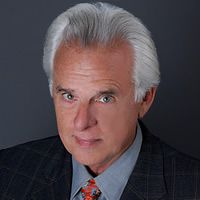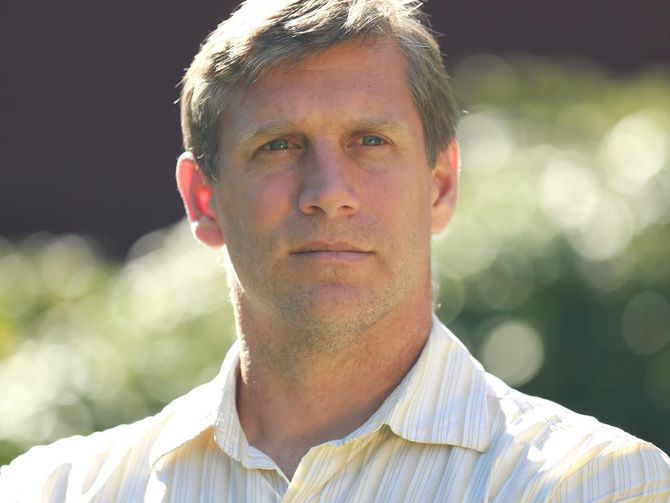New story by The Anti-Media on #AI via Jake Anderson: http://theantimedia.org/artificial-intelligence-management-hedge-fund/ #transhumanism
Humans should get used to jobs disappearing.

New story by The Anti-Media on #AI via Jake Anderson: http://theantimedia.org/artificial-intelligence-management-hedge-fund/ #transhumanism
Humans should get used to jobs disappearing.

The National Review via Wesley J. Smith commenting on my “AI Day replacing Christmas” story: http://www.nationalreview.com/corner/443337/ai-day-supplent-christmas #transhumanism #robots #future #AI
Scrooge’s Ghost of Christmas Yet to Come never saw this coming.
The transhumanist popularizer and pseudo presidential candidate, Zoltan Istvan, claims that “AI Day” will soon replace Christmas as the world’s most beloved holiday. From his piece in the Huffington Post:
One thing is for sure, to the human species, the birth of an advanced artificial intelligence will become far more important than the birth of Christ.

This page corresponds with H+ magazine and values of transhumanism, emphasizing the contributions of women involved in our transition into posthumanity.

Now I’d say it’s too conservative. AI Day could be here far sooner. Happy AI Day! http://www.huffingtonpost.com/zoltan-istvan/ai-day-will-repl…96550.html #transhumanism #AI

“Bankers will become dinosaurs.” #AI article from The Guardian. https://www.theguardian.com/technology/2016/dec/22/bridgewat…management #Transhumanism
The company is already highly data-driven, with meetings recorded and staff asked to grade each other throughout the day using a ratings system called “dots”. The Systematized Intelligence Lab has built a tool that incorporates these ratings into “Baseball Cards” that show employees’ strengths and weaknesses. Another app, dubbed The Contract, gets staff to set goals they want to achieve and then tracks how effectively they follow through.
These tools are early applications of PriOS, the over-arching management software that Dalio wants to make three-quarters of all management decisions within five years. The kinds of decisions PriOS could make include finding the right staff for particular job openings and ranking opposing perspectives from multiple team members when there’s a disagreement about how to proceed.
The machine will make the decisions, according to a set of principles laid out by Dalio about the company vision.
“It’s ambitious, but it’s not unreasonable,” said Devin Fidler, research director at the Institute For The Future, who has built a prototype management system called iCEO. “A lot of management is basically information work, the sort of thing that software can get very good at.”

The bionic pancreas system developed by Boston University (BU) investigators proved better than either conventional or sensor-augmented insulin pump therapy at managing blood sugar levels in patients with type 1 diabetes living at home, with no restrictions, over 11 days. The report of a clinical trial led by a Massachusetts General Hospital (MGH) physician is receiving advance online publication in The Lancet.
“For study participants living at home without limitations on their activity and diet, the bionic pancreas successfully reduced average blood glucose, while at the same time decreasing the risk of hypoglycemia,” says Steven Russell, MD, PhD, of the MGH Diabetes Unit. “This system requires no information other than the patient’s body weight to start, so it will require much less time and effort by health care providers to initiate treatment. And since no carbohydrate counting is required, it significantly reduces the burden on patients associated with diabetes management.”
Developed by Edward Damiano, PhD, and Firas El-Khatib, PhD, of the BU Department of Biomedical Engineering, the bionic pancreas controls patients’ blood sugar with both insulin and glucagon, a hormone that increases glucose levels. After a 2010 clinical trial confirmed that the original version of the device could maintain near-normal blood sugar levels for more than 24 hours in adult patients, two follow-up trials — reported in a 2014 New England Journal of Medicine paper — showed that an updated version of the system successfully controlled blood sugar levels in adults and adolescents for five days. Another follow-up trial published in The Lancet Diabetes and Endocrinology in 2016 showed it could do the same for children as young as 6 years of age.

In light of the recent attacks in Europe, the search for terrorists, and the ongoing refugee/immigration issues, I still support considering this idea of implants. In fact, so long as the Middle East is in strife, and large amounts of refugees are created, and fundamental religiosity thrives, I’m certain some type of tracking technology implementation in the developed world is inevitable over the next 2–15 years for refugees and some immigrants. Such technology broadly remains the humanitarian thing to do (read the article!), while still protecting the public and national interests.
https://www.cnet.com/news/presidential-candidate-suggests-mi…-refugees/ #transhumanism #Germany #terrorism #immigration
The question of allowing Syrian refugees in to the United States has created a political firestorm in the wake of the terrorist attacks in Paris and one Presidential candidate proposes a novel, high-tech solution, but it’s also likely to make plenty of Americans uncomfortable.
Transhumanist Party candidate Zoltan Istvan suggests that small microchips could be implanted under the skin of Syrian refugees as part of the process of admitting them into the United States or other countries around the world.
“The procedure takes a minute and is harmless,” Istvan, who recently had a microchip implanted in his own hand to kick off his campaign bus tour, told CNET in an email. “The chip is the size of a grain of rice and could go in the hand and be useful for more than just tracking purposes.”
In an earlier interview with the Broward-Palm Beach New Times, Istvan said chipping refugees could be one way to track them and determine if any might be plotting acts of violence and also monitor who is “contributing to the system — whether they are working, paying taxes or causing strife.”
A column on #transhumanism I did for Flaunt:
Are you ready for the future? A Transhumanist future in which everyone around you—friends, family, and neighbors—has dipped into the cybernetic punch bowl? This is a future of contact lenses that see in the dark, endoskeleton artificial limbs that lift a half-ton, and brain chip implants that read your thoughts and instantly communicate them to others. Sound crazy? Indeed, it does. Nevertheless, it’s coming soon. Very soon. In fact, much of the technology already exists. It’s being sold commercially at your local superstore or being tested in laboratories right now around the world.
We’ve all heard about driverless test cars on the roads and how doctors in France are replacing people’s hearts with permanent robotic ones, but did you know there’s already a multi-billion dollar market for brainwave-reading headsets? Using electroencephalography (EEG) sensors that pick up and monitor brain activity, NeuroSky’s MindWave can attach to Google Glass and allow you to take a picture and post it to Facebook and Twitter just by thinking about it. Other headsets allow you to play video games on your iPhone with only your thoughts as well. In fact, a few months ago, the first mind-to-mind communication took place. A researcher in India projected a thought to a colleague in France, and using their headsets, they understood each other. Telepathy went from science fiction to reality, just like that.
The history of cybernetics—sometimes used to describe robotic implants, prosthetics, and cyborg-like enhancements in the human being and its experience—has come a long way since scientists began throwing around the term in the 1950s. What a difference a generation or two makes. Today a thriving pro-cyborg medical industry is setting the stage for trillion-dollar markets that will remake the human experience. Five million people in America suffer from Alzheimer’s, but a new surgery that involves installing brain implants is showing promise in restoring people’s memory and improving lives. The use of medical and microchip implants, whether in the brain or not, are expected to surge in the coming years. NBC News recently reported that many Americans will likely have chip implants within a decade’s time. It’s truly a new age for humans.
Standing proud at the forefront of all this change is the fascinating biohacker culture, where extreme inventors and innovators are leading the way by sticking RFID tracking chips in their bodies, permanent wireless headphones near their eardrums, and magnets in their fingers.
Happy Holidays! The Transhumanist Future of #Christmas! http://motherboard.vice.com/read/the-transhumanist-future-of-christmas #Future
Kids might be disappointed.
